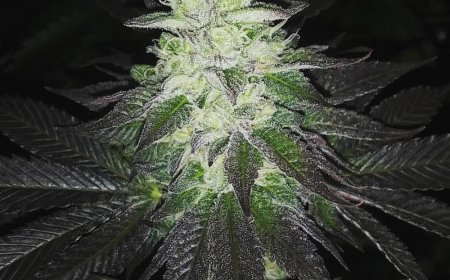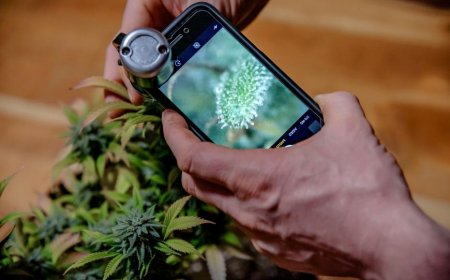Ayahuasca Myths Debunked
Discover the truth about the psychedelic brew in our comprehensive guide, "Ayahuasca Myths Debunked", exploring its benefits, risks and legality.
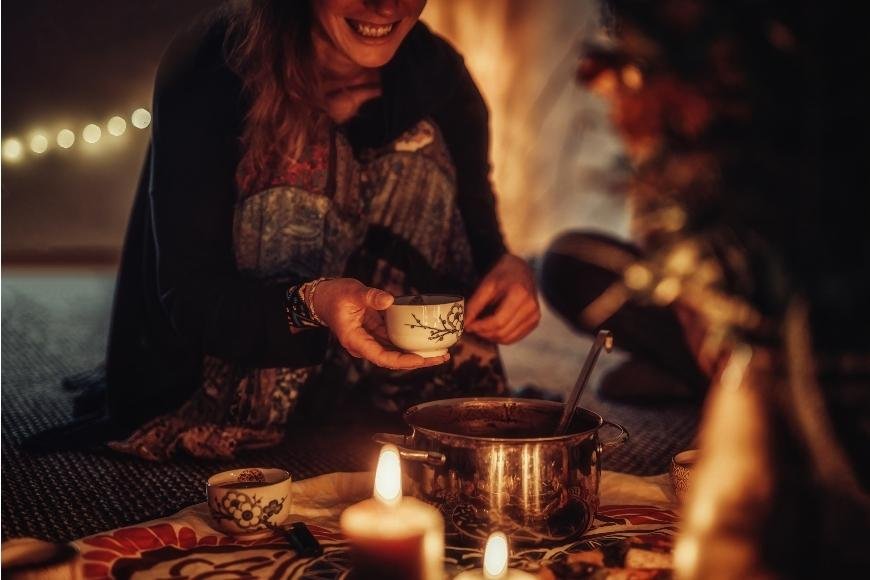
For centuries, the Amazonian tribes have been consuming Ayahuasca - a powerful psychedelic brew - but it has only recently gained worldwide attention. Yet with this newfound attention comes an array of misconceptions. Our post on "Ayahuasca Myths debunked" aims to clarify these misunderstandings.
From its supposed spiritual cleanse that’s paired with heavy vomiting to theories suggesting your gland secretes DMT during an ayahuasca trip, we will explore and dispel common myths about this fascinating substance. We'll also delve into the benefits and risks associated with consuming ayahuasca as well as preparation for and aftercare following an Ayahuasca ceremony.
Lastly, amidst concerns over ayahuasca’s extinction due to increased demand and debates around legality issues, we’ll look at what the future holds for this powerful plant medicine. Let's uncover the truth behind Ayahuasca together in our comprehensive guide: "Ayahuasca Myths Debunked".
Table of Contents:
- What is Ayahuasca?
- The Healing Power of Ayahuasca
- Risks of Ayahuasca
- Debunking Myths About Ayahuasca
- Preparing for an Ayahuasca Ceremony: What You Need to Know
- Aftercare Tips for Ayahuasca Ceremony
- Legal Status of Ayahuasca
- Conclusion
What is Ayahuasca?
Ayahuasca, also known as the 'spirit molecule', is a powerful psychedelic brew made from the ayahuasca vine and chacruna leaves. The latter contains DMT, a naturally occurring psychedelic substance found in our bodies where it's theorized that the pineal gland secretes DMT.
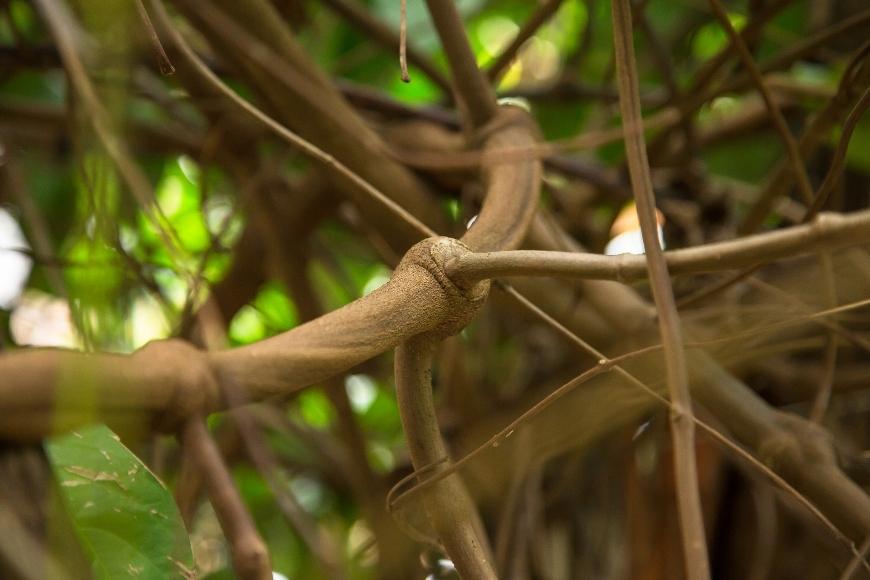
Consuming ayahuasca triggers profound psychological and emotional experiences that are often described as life-changing. However, it's important to note that unlike LSD or recreational DMT, ayahuasca isn't typically associated with addictive aspects. In fact, some research suggests it could potentially help treat addiction.
When consuming ayahuasca, it's common to experience heavy vomiting - a purging process believed to be part of its healing effects. Due caution must be exercised when assuming ayahuasca given its potency and potential interaction with certain substances such as those involved in the typical western diet. This is why many follow an 'ayahuasca maoi diet' before participating in ceremonies.
The Future of Ayahuasca
The outlook for ayahuasca's future is uncertain, despite its potential advantages. There are concerns about "Ayahuasca's extinction" due to increasing global demand outstripping sustainable supply sources from traditional growers within Amazonian regions. Nature provides further insights into this pressing issue facing both consumers and traditional practitioners alike.
The Healing Power of Ayahuasca
For centuries, indigenous communities have harnessed the therapeutic properties of ayahuasca, a powerful brew made from Amazonian plants. Recent scientific research is beginning to validate these traditional uses.
The primary component of ayahuasca is DMT, a potent psychedelic that can cause dramatic alterations in awareness. However, it's not just about tripping out - many users report significant therapeutic benefits.
Mental Health Benefits
Studies show that ayahuasca can provide relief from depression and anxiety disorders due to its psychoactive properties. An ayahuasca ceremony was found to be associated with improved mood and decreased anxiety, as reported in the Journal of Psychopharmacology.
Addiction Treatment
The intense introspective experience induced by ayahuasca often leads people to confront their issues head-on, which can be beneficial for those struggling with addiction problems.
Spiritual Growth
Many users describe ayahuasca experiences with ayahuasca as deeply spiritual or transformative, leading them towards personal growth and self-understanding.
Beyond mental health, some evidence suggests that ayahuasca may also have physical health benefits. For instance, research indicates it could potentially help regulate blood sugar levels and improve digestion.
Please note: Despite the promising potential benefits, further clinical trials are necessary to ascertain the therapeutic efficacy of this plant-based medicine.
Risks of Ayahuasca
Ayahuasca is not your average recreational drug. It's a powerful psychedelic brew that can induce intense hallucinations and physical side-effects. Despite its growing recognition for possible advantages, it is critical to be aware of the potential hazards associated with ayahuasca.
Interactions with Medications
Ayahuasca contains DMT and MAOIs, which can interact negatively with certain medications and psychedelic substances. Taking antidepressants or other serotonin-related drugs could potentially trigger Serotonin Syndrome when people consumed ayahuasca, a condition that can cause high fever, seizures, irregular heartbeat and even death in extreme cases. The potentially fatal Serotonin Syndrome may be caused by ayahuasca, and can manifest as fever, seizures, and irregular heartbeat.
Intense Hallucinations
Ayahuasca often induces intense hallucinations that can be overwhelming or distressing. Some people report experiencing 'bad trips', marked by fear and paranoia. It's crucial to take ayahuasca under proper guidance and in a safe environment.
Physical Side-Effects
The physical effects of ayahuasca aren't mild either. People assume ayahuasca ceremonies are nausea, vomiting (purging), and diarrhea which may be seen as detoxification for some but could pose serious health risks for those with certain medical conditions. While these symptoms may seem like detoxification processes for some individuals, they might pose serious health risks for others with specific medical conditions.
Potential Long-Term Effects
Studies suggest that if employed imprudently, long-term ayahuasca experience use may possibly lead to alterations in brain structure which could result in cognitive decline.
In conclusion, ayahuasca isn't risk-free. Anyone considering using it must do so responsibly after thorough research and preferably under expert supervision. It's crucial to understand the potential risks and take necessary precautions to ensure a safe and positive experience.
Debunking Myths About Ayahuasca
Ayahuasca, a powerful psychedelic brew from the Amazon, is often surrounded by numerous myths and misconceptions. Let's debunk some of them.
Myth 1: Ayahuasca is a party drug
Contrary to popular belief, ayahuasca is not a substance for recreational use. Unlike recreational drugs like MDMA or cocaine, ayahuasca induces intense spiritual experiences that can be overwhelming and are not meant for casual use at parties. It's traditionally used in sacred ceremonies led by experienced, good shamans.
Myth 2: Ayahuasca gives you superpowers
The effects of ayahuasca are profound but they don't give users supernatural abilities. The visions experienced during an ayahuasca journey may provide deep personal insights but these should not be mistaken for literal truths or powers.
Myth 3: Everyone should try ayahuasca
Ayahuasca isn't for everyone - it can trigger severe psychological distress in those with pre-existing mental health conditions such as schizophrenia or bipolar disorder. Always research thoroughly and consider your mental health history before deciding to participate in an ayahuasca ceremony.
Myth 4: Ayahuasca is addictive
Contrary to this myth, ayahuasca does not have addictive properties and could even help treat substance addiction disorders due to its potential therapeutic benefits when used responsibly under proper guidance.
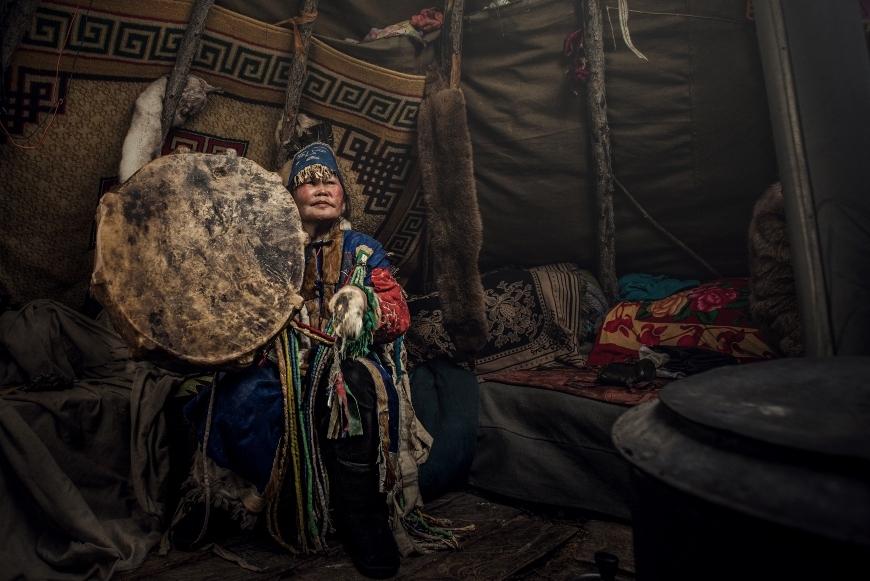
Preparing for an Ayahuasca Ceremony: What You Need to Know
Ayahuasca ceremonies are no joke. They require careful preparation to ensure a safe and positive experience. Here's what you need to know:
Physical Preparation
Your physical health is crucial for an ayahuasca ceremony. Avoid alcohol, caffeine, and other drugs beforehand. For optimal physical health prior to an ayahuasca ceremony, it is recommended that you follow a diet rich in fruits and vegetables.
Mental Preparation
Mentally preparing yourself is just as important. Ayahuasca can bring up difficult emotions or memories, so understanding this beforehand can help. Try meditation or journaling to prepare.
Spiritual Preparation
Approach the ceremony with respect and openness. Setting intentions or praying beforehand can be helpful. Keep in mind that ayahuasca is an inner journey.
The Right Environment
Choosing a safe environment led by experienced facilitators who respect traditional practices is critical. Research suggests selecting retreat centers with good reputations and strict safety protocols.
Remember, these preparations don't guarantee a positive experience, but they significantly increase your chances while reducing potential risks. Stay safe and enjoy the journey.
Aftercare Tips for Ayahuasca Ceremony
The Ayahuasca journey doesn't end when the ceremony concludes. It's crucial to take care of yourself afterward. Here are some tips to navigate this period:
Rest is Crucial
Your body needs time to recover after an intense Ayahuasca ceremony. Get plenty of shuteye in the aftermath of your ceremony, maybe even snoozing during the day or hitting the hay sooner than normal.
Eat Nutritious Meals
Nutrition plays a vital role in recovery. Eating light but nutritious meals can help replenish your energy levels without overloading your system. Try opting for nutritious foods such as fruits, veggies, lean proteins and whole grains.
Seek Mental Health Support
Don't hesitate to reach out to trusted friends or professionals if you're feeling overwhelmed by your experiences or emotions post-ceremony. Explore mental health options accessible to you.
Journal Your Experiences
You may find journaling helpful during this period as it allows you to reflect on your experiences and feelings associated with the Ayahuasca journey.
Remember, Everyone's Aftercare Needs are Different
Above all else, remember that every person's aftercare needs will differ depending on their unique experience with Ayahuasca. Listen carefully to what feels right for you personally to ensure optimal recovery from such a profound event.
Legal Status of Ayahuasca
Before partaking in a ceremony, it's essential to be aware of the varying legal statuses ayahuasca holds around the world. In some countries like Brazil, Peru, and Costa Rica, the use of ayahuasca brew is protected under religious freedom laws due to its traditional usage by indigenous communities.
However, in many Western nations, regulations are stricter. In the US and Canada, DMT - an active ingredient in ayahuasca - is a Schedule I drug, thus making brewing it into a concoction illicit. This means that while the plants used to make ayahuasca are not illegal themselves, brewing them together into a DMT-containing concoction can be considered illicit.
Despite this, there are exceptions even within these strict jurisdictions. The U.S Supreme Court has granted two churches - the Uniao do Vegetal (UDV) and Santo Daime - exemptions allowing them to legally import and consume ayahuasca for religious ceremonies.
Europe
In Europe, rules vary widely. While Spain seems relatively tolerant towards personal use at private gatherings, France has declared both plants used in making ayahuasca as controlled substances, rendering their possession or sale illegal.
Australia
Australia also lists DMT as a prohibited substance but allows certain religious groups exemption from prosecution for using it ceremonially.
It's important to note that legality doesn't necessarily equate to safety or legitimacy, so always research thoroughly about any potential risks associated with consuming such powerful psychoactive substances.
Conclusion
Ayahuasca Myths Debunked: This powerful plant medicine has been used for centuries by indigenous communities for healing, spiritual growth, and personal insights. However, it's important to understand the risks and prepare properly before participating in a ceremony with an experienced shaman or facilitator. Aftercare is crucial to integrate any experiences into daily life, and researching the legality of Ayahuasca in your country is essential. Don't believe the common myths - approach Ayahuasca with respect and caution for a potentially life-changing experience.

